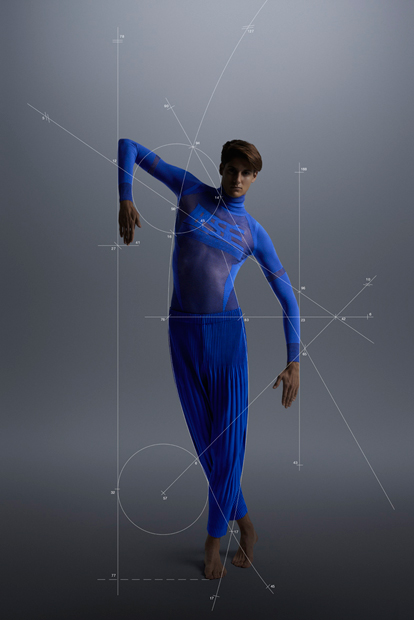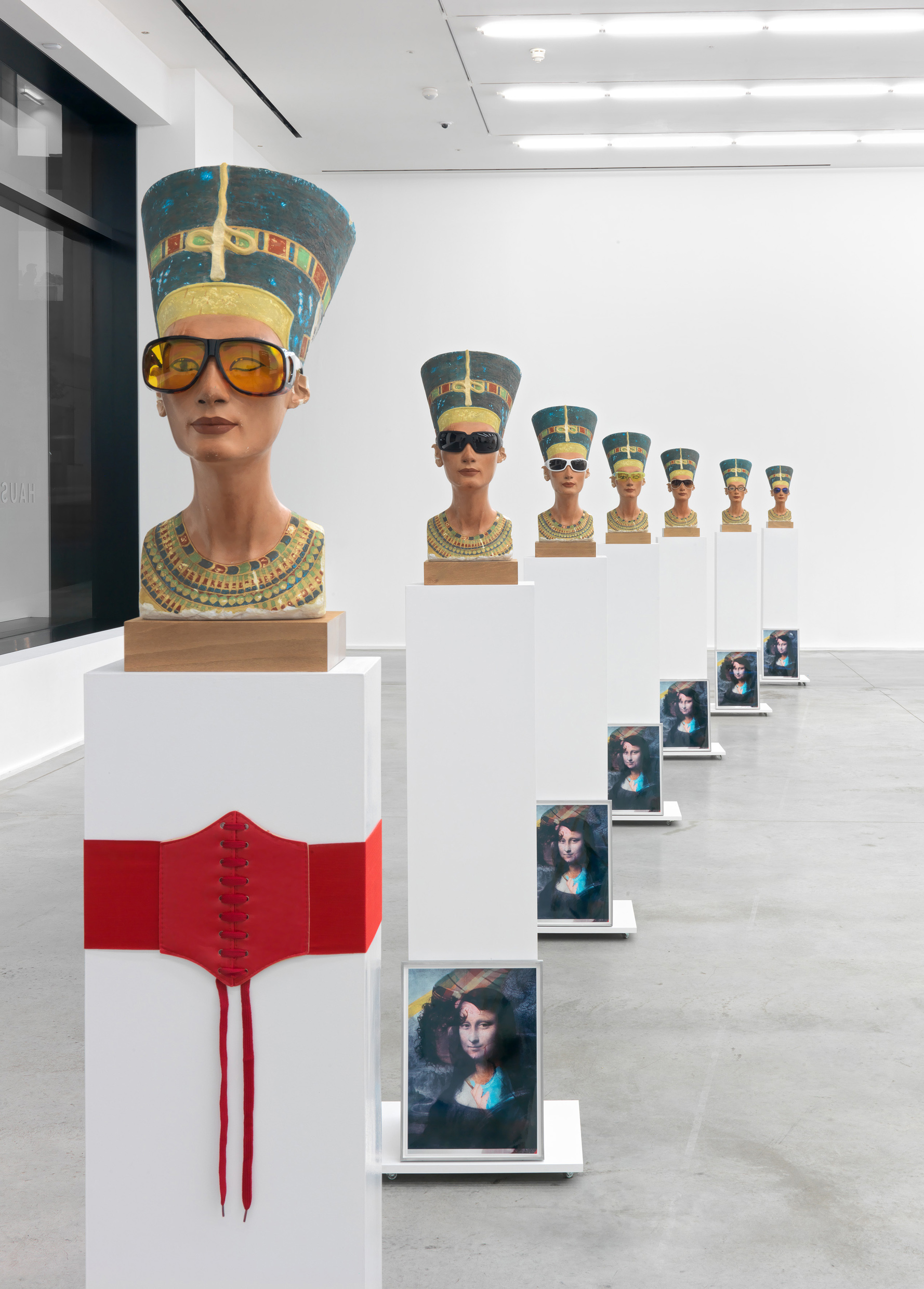توماس هيرشهورن
托马斯·赫塞豪恩
תומס הירשהורן
トーマス·ヒルシュホルン
abschlag
Thomas Hirschhorn’s “Abschlag” installation, which occupies the first room on the main floor, offers a lesson in how not to engage with the Russian milieu: the Swiss artist constructed part of a typical Petersburg apartment block out of cardboard inside the full-height space, ripped off its façade, and deposited the refuse at its base, revealing shabby interiors lined with original avant-garde masterpieces (on loan from the nearby Russian Museum) by the likes of Malevich and El Lissitky. The references allude to a politically radical Russian past; the construction debris acts as a metaphor for history. Though Hirschhorn suggests a recovery of the revolutionary communist spirit of the 1920s, he falls prey to a historically revisionist fetish: citing the Russian avant-garde as a generative point for vanguard culture in the West, and offering it as a source for renewed progressivism in Russia. Hirschhorn seems woefully unaware of the Putin government’s branding campaign, one that aims to sell the Russian avant-guard as a nationalist movement in line with the regime’s own values (perhaps he didn’t watch the Sochi opening ceremony). Hirschhorn ultimately proves Zhilayev right — with its political pretenses, “Abschlag” aspires to make a grand gesture against conservatism, but fails because its critique has already been co-opted..
.










